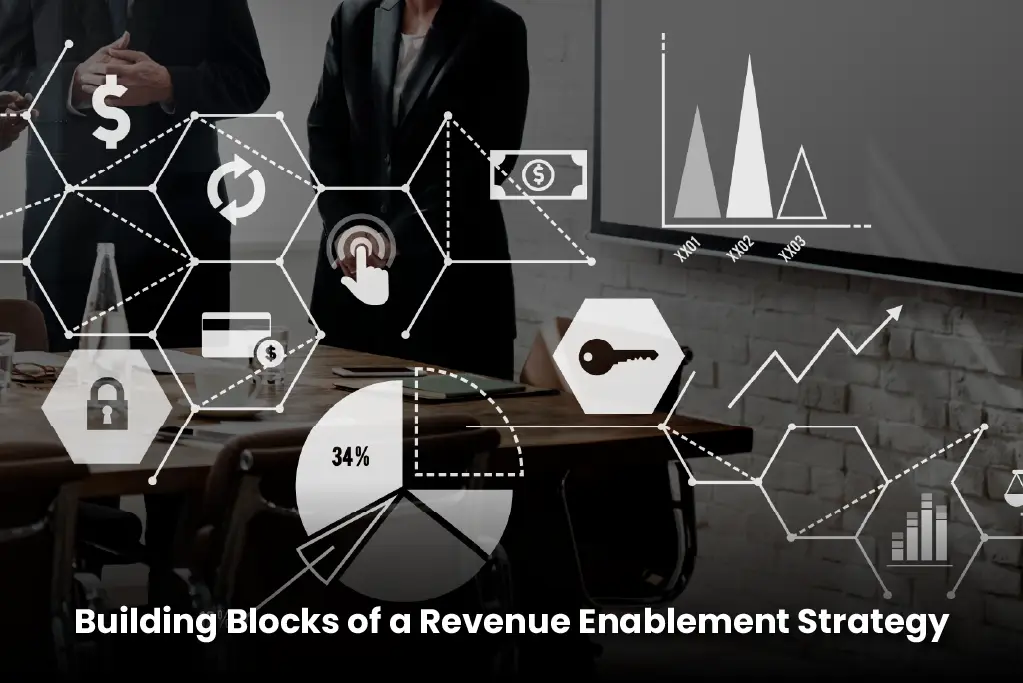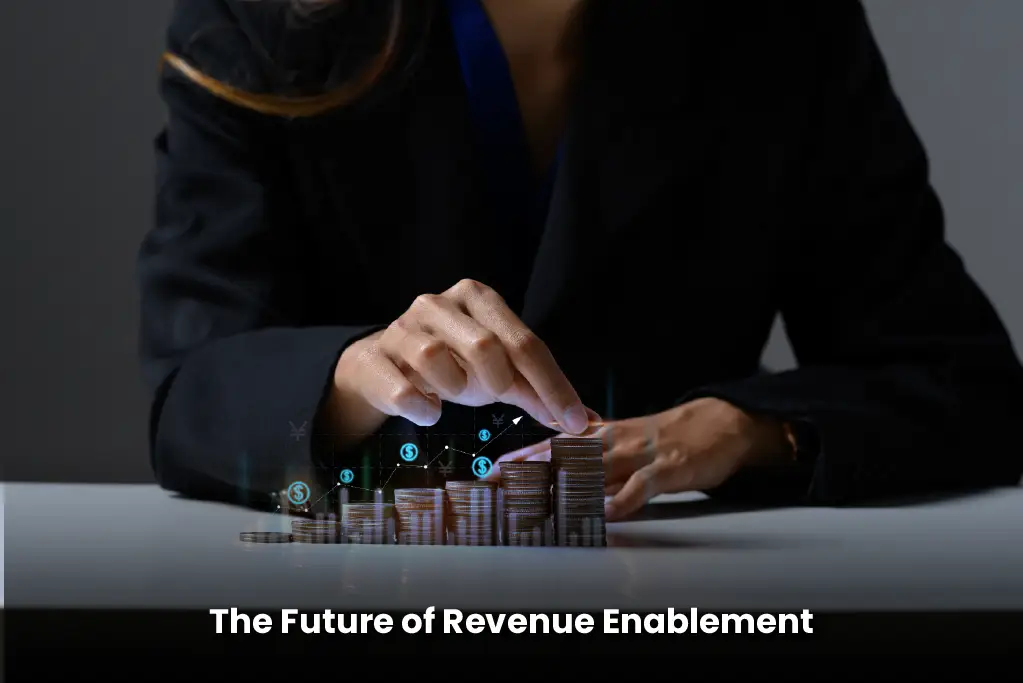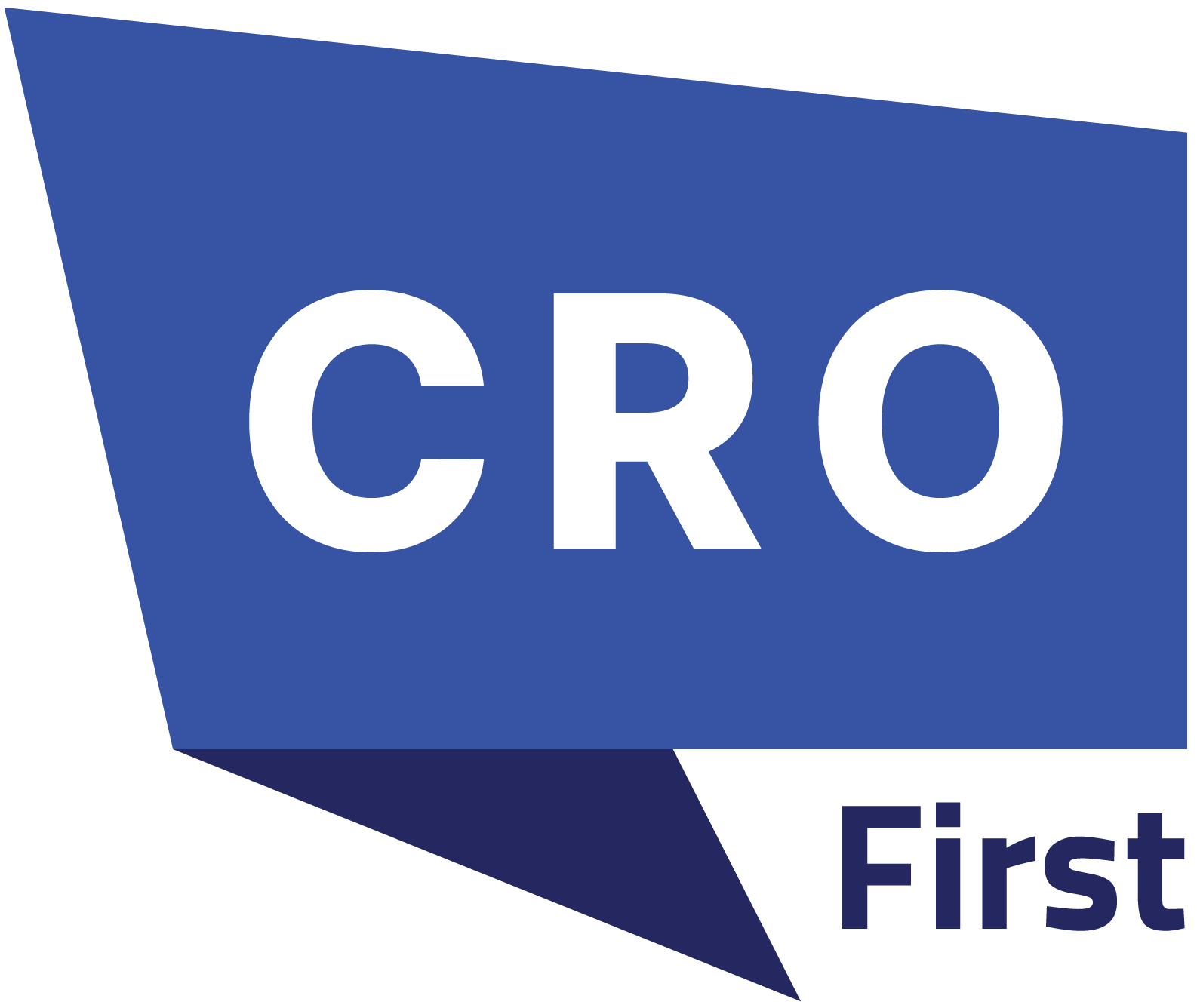In today’s competitive B2B market, revenue growth isn’t just about good sales or flashy marketing. It’s about building a strong strategy. This strategy brings together all customer, facing teams, sales, marketing, customer success, and product. They work towards one goal: driving steady and predictable revenue. This is where revenue enablement enters the conversation. For CROs and executives, revenue enablement is a must. It’s not just optional; it’s a key strategy.
At its core, revenue enablement prioritizes collaboration, data-driven insights, and continuous improvement. It’s not just a one-time effort. It’s an ongoing process. You need to keep refining strategies, tools, and communication. The goal is to remove friction in the buyer’s journey.
Also Read: Top 7 Customer Success Metrics You Should Track
Building Blocks of a Revenue Enablement Strategy

Successful revenue enablement hinges on three pillars: alignment, technology, and measurable outcomes
Alignment Across Teams
Silos are against revenue growth. To dismantle them, start by establishing cross-functional workflows. Regular revenue councils include leaders from sales, marketing, and customer success. They help keep everyone aligned. A SaaS company could hold monthly workshops. In these meetings, marketing shares campaign data. Sales talks about pipeline issues, and customer success points out common client problems. These insights inform adjustments to messaging, training, and resource allocation.
Technology as a Force Multiplier
The right tools are indispensable. A unified tech stack combines CRM, marketing automation, and customer success platforms. This gives all teams one source of truth. Salesforce’s Revenue Cloud combines sales, billing, and analytics into one easy-to-use interface. These platforms stop data fragmentation. They help teams track a prospect’s journey from the first contact to contract renewal. AI tools like Gong and Chorus boost enablement. They analyze sales calls to spot winning behaviors and gaps in pitch effectiveness.
Metrics That Matter
Revenue enablement thrives on accountability. Traditional metrics like quota attainment and lead volume only scratch the surface. Forward-thinking CROs track metrics such as content utilization rates (how often sales uses marketing-created assets), time-to-productivity for new hires, and customer lifetime value acceleration. For example, if a new onboarding program reduces a rep’s ramp time by weeks, the ROI becomes evident in faster revenue generation.
Real-World Success Stories
Consider the case of a global cybersecurity firm struggling with inconsistent messaging. Marketing produced generic whitepapers, while sales teams faced objections they couldn’t counter. By implementing a revenue enablement strategy, the company created a feedback loop: Sales flagged recurring prospect concerns, which marketing addressed in targeted eBooks and webinar scripts. Within a quarter, the average deal size increased, and the sales cycle shortened by days.
Another example comes from a mid-sized logistics software provider. By integrating their CRM with a customer success platform, they identified a pattern: Clients who engaged with specific training modules within the first 90 days had higher renewal rates. Armed with this insight, the customer success team developed personalized onboarding checklists, driving a measurable uptick in retention.
Overcoming Common Roadblocks
Adopting revenue enablement isn’t without challenges. Resistance to change, outdated processes, and tool sprawl can derail progress.
To overcome inertia, start with small, high-impact pilots. For example, launch a joint campaign where marketing and sales co-create a webinar series targeting a niche vertical. Measure engagement and pipeline growth, then scale what works.
Tool overload is another pitfall. Rather than chasing every new platform, audit existing systems. Can your CRM be configured to surface customer health scores? Does your LMS (learning management system) integrate with sales coaching tools? Maximizing current investments often yields faster results than overhauling tech stacks.
The Future of Revenue Enablement

As buyer expectations evolve, so must enablement strategies. For instance, Salesforce research indicates that 66% of customers expect companies to respond to their unique needs. Personalization at scale, predictive analytics, and AI coaching are now essential.
Picture AI tools that look at past deal data. They suggest the best times for discounts or upsells. Dynamic playbooks adjust in real time. They consider a prospect’s industry, role, and engagement history. These innovations are already reshaping how teams operate.
Hybrid buying committees are growing. They include stakeholders from IT, finance, and operations. This change needs new strategies. Teams must be ready to handle complex decision-making. Training programs must now focus on how to spot and engage different influencers. Each one has unique priorities.
Actionable Steps for CROs to Get Started
For leaders ready to embrace revenue enablement, the journey begins with assessment. Audit current processes to identify gaps in alignment, technology, or skills. Hold workshops with different teams to outline the buyer’s journey and find friction points.
Invest in training that transcends basic product knowledge. Role-playing exercises that mimic multi-stakeholder negotiations can help close skill gaps. Workshops focused on using data analytics also play a key role.
Finally, celebrate quick wins. Visible wins, like a 10% cut in sales cycle time or better content adoption rates, create momentum and gain support throughout the organization.
Revenue Enablement as a Growth Catalyst
Revenue enablement isn’t a buzzword, it’s a paradigm shift. B2B organizations can grow significantly by breaking down silos. They should also use technology and promote a culture of continuous learning. CROs have a clear mandate: focus on enablement. It should not just be a department’s job; it needs to be the core of your revenue strategy. You’ll turn scattered efforts into a smooth engine. This engine will deliver steady, scalable results.
Revenue excellence comes from teamwork, creativity, and a focus on the customer. With revenue enablement as your compass, your organization won’t just adapt to change, it will lead it.

